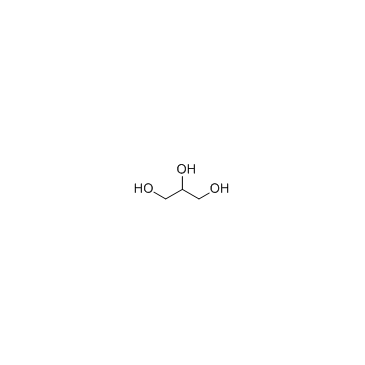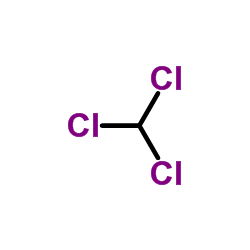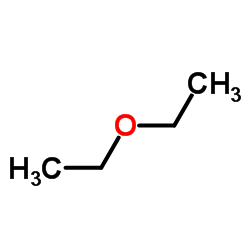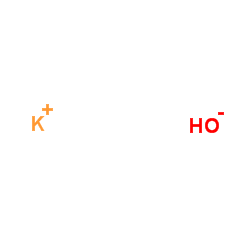| Structure | Name/CAS No. | Articles |
|---|---|---|
 |
Glycerol
CAS:56-81-5 |
|
 |
Sulfuric acid
CAS:7664-93-9 |
|
 |
Chloroform
CAS:67-66-3 |
|
 |
Hydrochloric acid
CAS:7647-01-0 |
|
 |
Sodium hydroxide
CAS:1310-73-2 |
|
 |
Ethanol
CAS:64-17-5 |
|
 |
Diethyl ether
CAS:60-29-7 |
|
 |
Phosphoric acid
CAS:7664-38-2 |
|
 |
Methanol
CAS:67-56-1 |
|
 |
Potassium hydroxide
CAS:1310-58-3 |